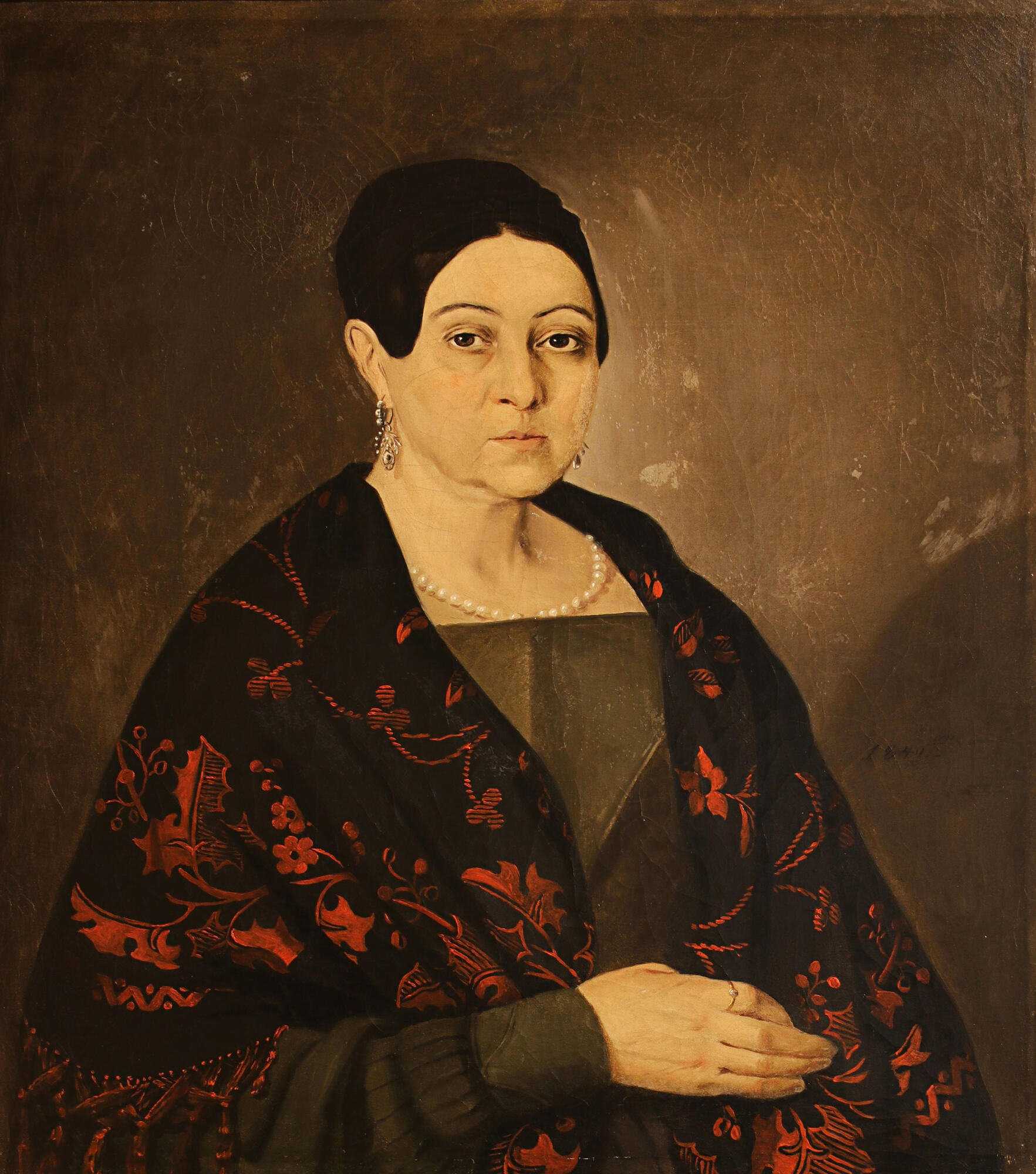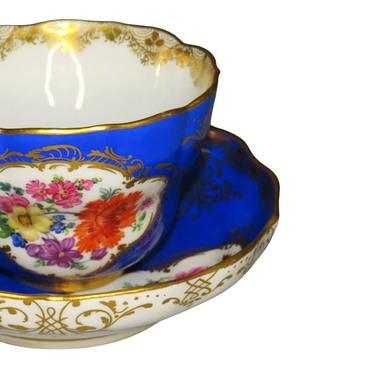The art section of the Ivanovo Museum of Local History named after Dmitry Burylin has a rich collection of portraits of merchants. One of them is a portrait of Agrafena Mefodiyevna Garelina by the artist Nikolay Mylnikov.
In the last quarter of the 18th century, the merchant portrait genre welcomed a trend that epitomized the norms of house etiquette — a woman’s ceremonial portrait. For over a hundred years, starting from the middle of the 18th century, portrait was the leading genre in Russian fine arts. The predominance of portraiture is attributed to the fact that the main theme in 18th-century literature and art, in the age of classicism, was a person, who has the mind and the soul. Such gala portraits did not reflect the sitter’s personality but rather depicted a special state she was in and her ability to present herself in accordance with the Domostroy instructions (Domostroy is a 16th-century Russian set of household rules). The combination of the sitter’s own character and her position and role in society brings a touch of theatricality to the work, making the image expressive and unique.
The portrait of Agrafena Mefodiyevna Garelina is a classic portrait of a merchant’s wife. It depicts a middle-aged woman in a high-quality patterned shawl; her head is covered with a kerchief, as was customary for her position; there is a kind and calm expression on her face and a handkerchief — a symbol of gentleness — in her hand. The highly-detailed costume indicates the women’s material wealth, as well as symbolizes “the imperishable beauty of a gentle and quiet spirit”. The woman is portrayed as an exemplary wife, corresponding to the ideal of the Russian set of household rules — obedient, meek and God-fearing, as well as a caring mother and a thrifty and skillful mistress of the house.
The functional value of the genre was dictated by
the aesthetic requirements, as well as by social ones, and to a
greater extent at that. A gallery of portraits in a merchant’s house depicted a
person’s entire life cycle from childhood to old age. Throughout their lives,
the people had to know what they lived for and how they could fulfill all the
duties assigned to them by society and God. The portrait of an ancestor
preserved the idea of a worthy merchant and produced an edifying effect on the
viewer. The images of ancestors were passed down generations, embodying ethical
norms of their class. In addition, the portraits hanging on the walls signified
that the descendants remembered to whom they owed their prosperity and position
in society.

